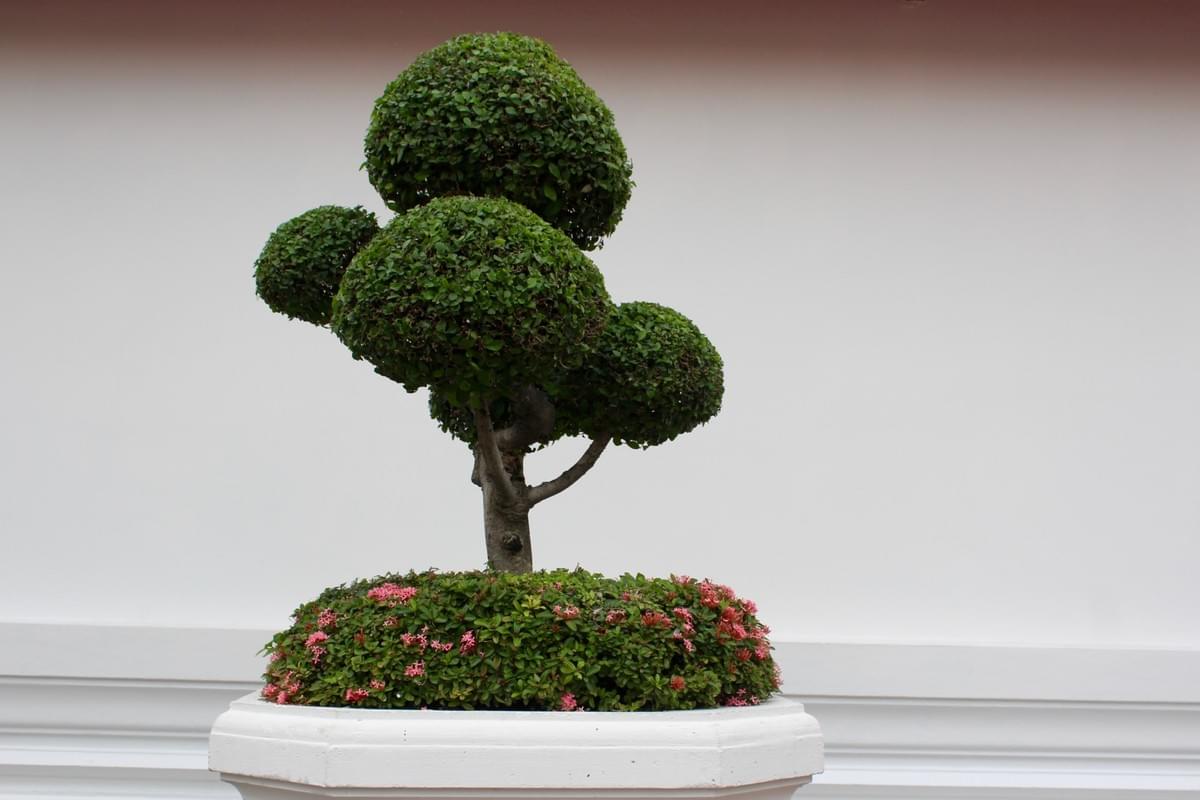
While many people attribute bonsai trees history to Japan, this art form has its roots as far back as the 6th century. In fact, the first evidence of bonsai can be found in the tomb of a Chinese prince named Zhuang Huai, where servants carry a miniature landscape with the gnarled roots resembling animals. Today, antique bonsai are prized treasures.
Around 1000 BC, Chinese monks started planting pun-sai trees in containers. They were then given as gifts to the upper class of society and were regarded as a luxury. According to some historians, pun-sai originated from Chinese healers, who used the miniature trees to transport their medicinal plants. As the popularity of these plants spread, the trunks of early bonsai were often shaped like animals or mystical figures. Click on this link to learn more about bonsai trees history.
The first written history of bonsai is from the 17th century. The Utsubo Monogatari, a work of fiction written in Japanese, contains a passage about bonsai trees that describes the development of the art of growing dwarf potted trees. It also points out that true beauty is only achieved when the trees are modified, and that the samurai who planted the trees in their backyard had the foresight to know what they were doing.
From that time on, news of bonsai spread to other parts of the world. Exhibitions were held in the late 1700s by the Japanese provinces. The popularity of bonsai grew to the point that the art became popular throughout the western world. The Meiji Emperor was passionate about the hobby and encouraged his government to take an interest in the art. He also had many bonsai on display outside the palace. In the late 1800s, bonsai began to be exhibited in renowned European cities. These included the Paris Exposition, the London Exhibition, and Vienna's World Expo.
Despite the fact that the art of bonsai is rooted in China, the history of bonsai has spread westwards to Korea and Japan, where Buddhist monks played a pivotal role in making the art popular. This post:http://leavesandsoul.com/ has content related to this article, check it out. Although the exact date of origin has not been firmly established, several scholars believe that the practice started around 1,000 B.C., and rose to prominence in the 12th century.
Aside from its beautiful appearance, bonsai trees also have a rich history. They carry ancient wisdom and intelligence with them and are often used to guide and educate people in life. Some people even meditate in the presence of a bonsai tree. The ancient art of bonsai trees is truly a unique art form. The beauty of bonsai trees can't be surpassed by any other art form, and its long-standing history speaks volumes.
The Chinese have always loved plants. During the Tokugawa period, azaleas and maple trees were popular among the wealthy. Japanese culture soon adopted Chinese cultural trademarks and the art of growing miniature trees. From then on, Japanese artisans created many techniques and styles for bonsai, which were eventually introduced to the West. A brief history of bonsai can be found here. So, where did the art form originate? Check out this related post to get more enlightened on the topic:https://www.britannica.com/topic/bonsai-horticulture.